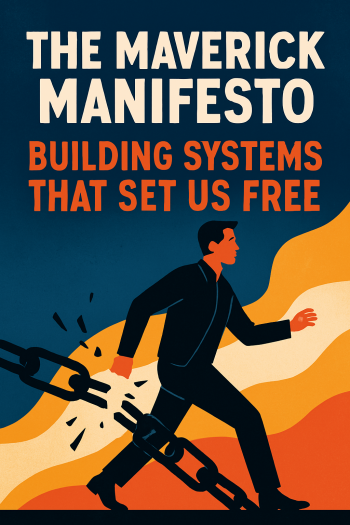Maverick: a destination that unfold before our eyes
I rewire my inner workings and embrace a new movement: the Maverick community will revitalise my core project.
Twelve months ago, I began a journey. Not a straightforward one. It was bold, unexpected, and at times uncomfortable—but it carried a purpose that became impossible to ignore.
What if we could design our next digital systems with one clear intention?
To stay free from the very traps we’ve normalized.
What does it take to build a strong system?
We’ve spent decades refining the core principles: lean thinking, performance, resilience, secure-by-design.
From these, incredible systems have emerged—robust, reliable, and battle-tested. Around them, vibrant communities have formed, sharing best practices and accelerating adoption.
Today, when we build, the advice is almost universal:
Start with what exists. Reuse what’s proven. Lean into community.


